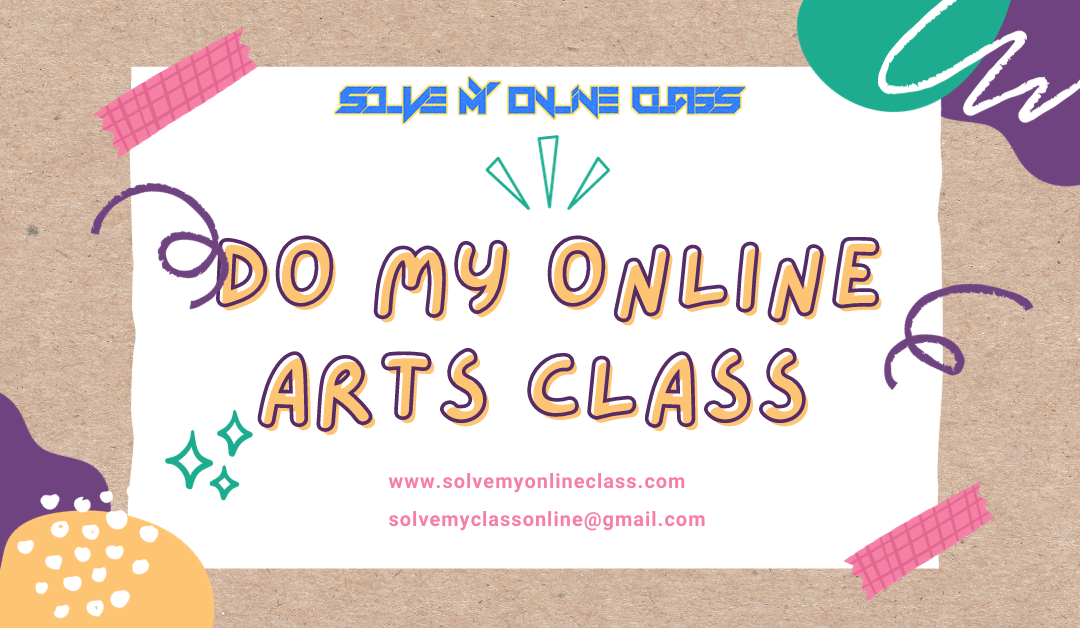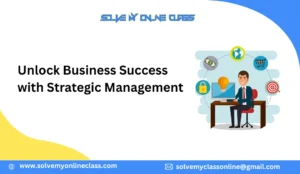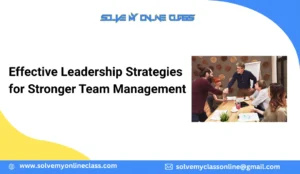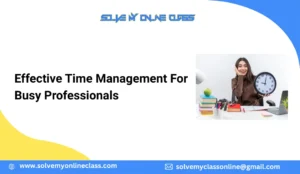Introduction:
In the digital age, taking online art lessons is essential for developing creativity and skills. These courses provide people of all ages and ability levels a convenient and approachable platform to develop and explore their artistic abilities. Geographical restrictions are removed when participants may participate in art courses from the comfort of their homes thanks to the flexibility of online learning.
A wide variety of mediums, techniques, and styles are offered by online art programs, which is significant since it enables students to find and specialize in areas that match their interests. Because these programs are interactive, they frequently incorporate real-time feedback and teamwork, which fosters a vibrant and encouraging learning atmosphere.
In addition, aspirant artists can access a multitude of tools including online forums, video demos, and instructional materials. Online art classes provide the resources and direction required to improve technical abilities, explore personal style, and establish a solid foundation in the visual arts, regardless of whether the student is pursuing art as a pastime or as a vocation. All things considered, these courses enable people to express themselves artistically and foster a lifelong interest for artistic pursuits.
Adaptability
Online art classes provide participants scheduling freedom, enabling them to study at their own pace and determine their own study hours. This is especially helpful for people who have hectic lives or who are balancing many obligations.
Availability:
Geographical restrictions are removed as participants can access online arts lessons from any location with an internet connection. For those without access to nearby art studios or schools, this accessibility creates opportunity.
Variety of Course Options:
Numerous art classes encompassing a range of mediums, styles, and methods are available on online platforms. Due to this diversity, participants are able to delve into various facets of the arts and select courses that suit their own objectives and areas of interest.
Interactive Education:
Interactive components like online critiques, group projects, and live demonstrations are common in online arts courses. With real-time feedback and a sense of camaraderie among participants, this interactive approach improves the learning process.
International Society and Networking:
A global community of artists and art fans is formed through online art lessons. By collaborating, exchanging ideas, and forming connections with people from all backgrounds and cultures, participants can broaden their network and enhance their artistic perspectives.
Finally
whether students are novices looking to discover their creative potential or seasoned professionals looking to hone their craft, taking part in online arts courses provides a wealth of benefits. Because online learning is flexible, it may fit into a variety of schedules and let students pursue their artistic interests whenever it’s most convenient for them.
These courses offer an entry point into the broad and varied realm of artistic disciplines, promoting both technical mastery and a more profound comprehension of many forms of artistic expression. Online arts courses foster a supportive environment in which students may participate in meaningful debates, receive constructive comments, and establish connections with a global community of fellow artists.
This is achieved through the interactive and collaborative components of the courses. In addition, the availability of professional guidance, a wide range of course options, and the chance to present work in digital portfolios all add to a comprehensive educational experience. Students can customize their study paths, follow their hobbies, and find their own artistic voice with the help of online arts classes.
Online arts courses are an invaluable complement to traditional education or a stand-alone endeavor that significantly contribute to the democratization of artistic education by making it accessible to a wider range of learners. In the end, these classes foster individual creativity in addition to enhancing the worldwide arts community as a whole.






